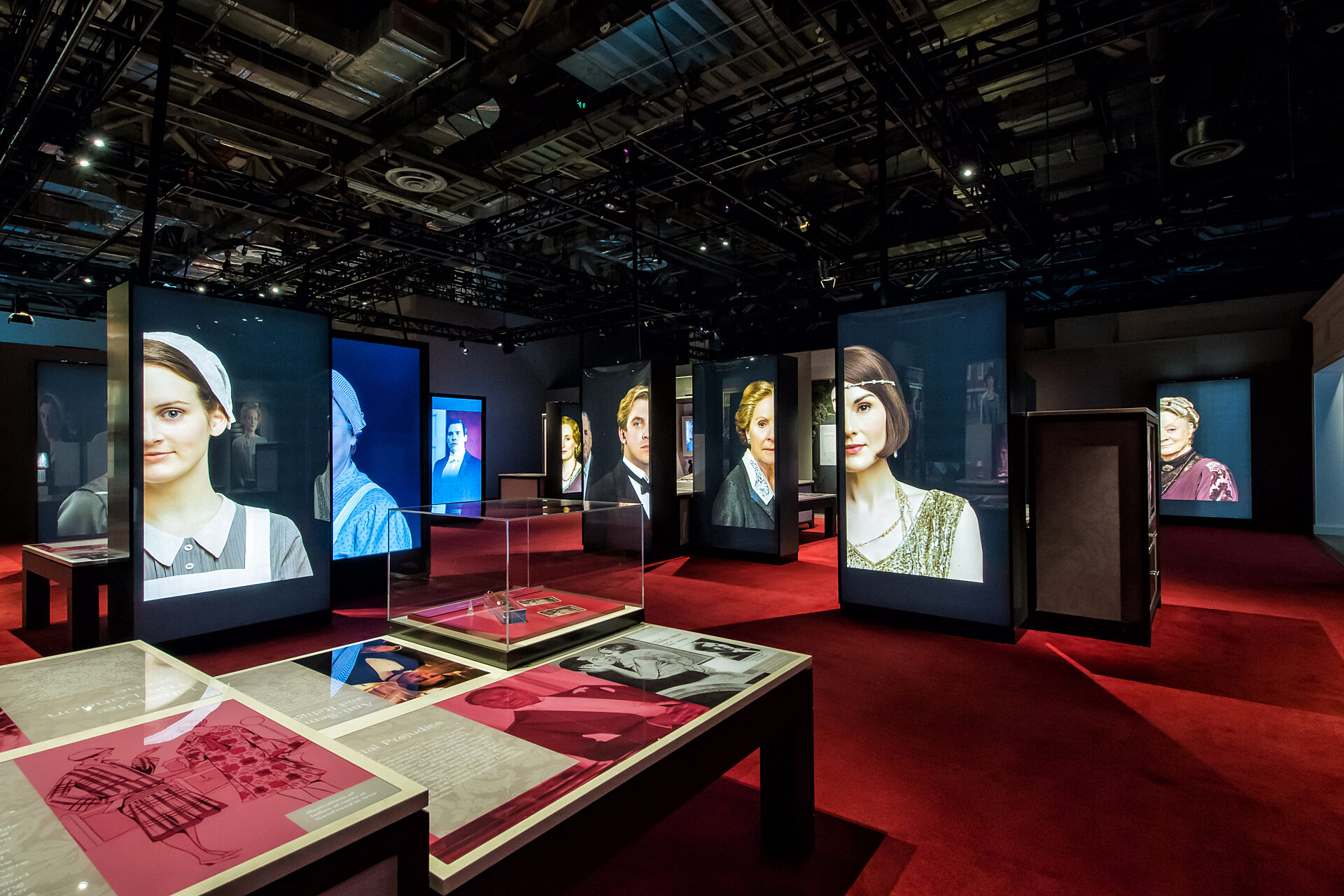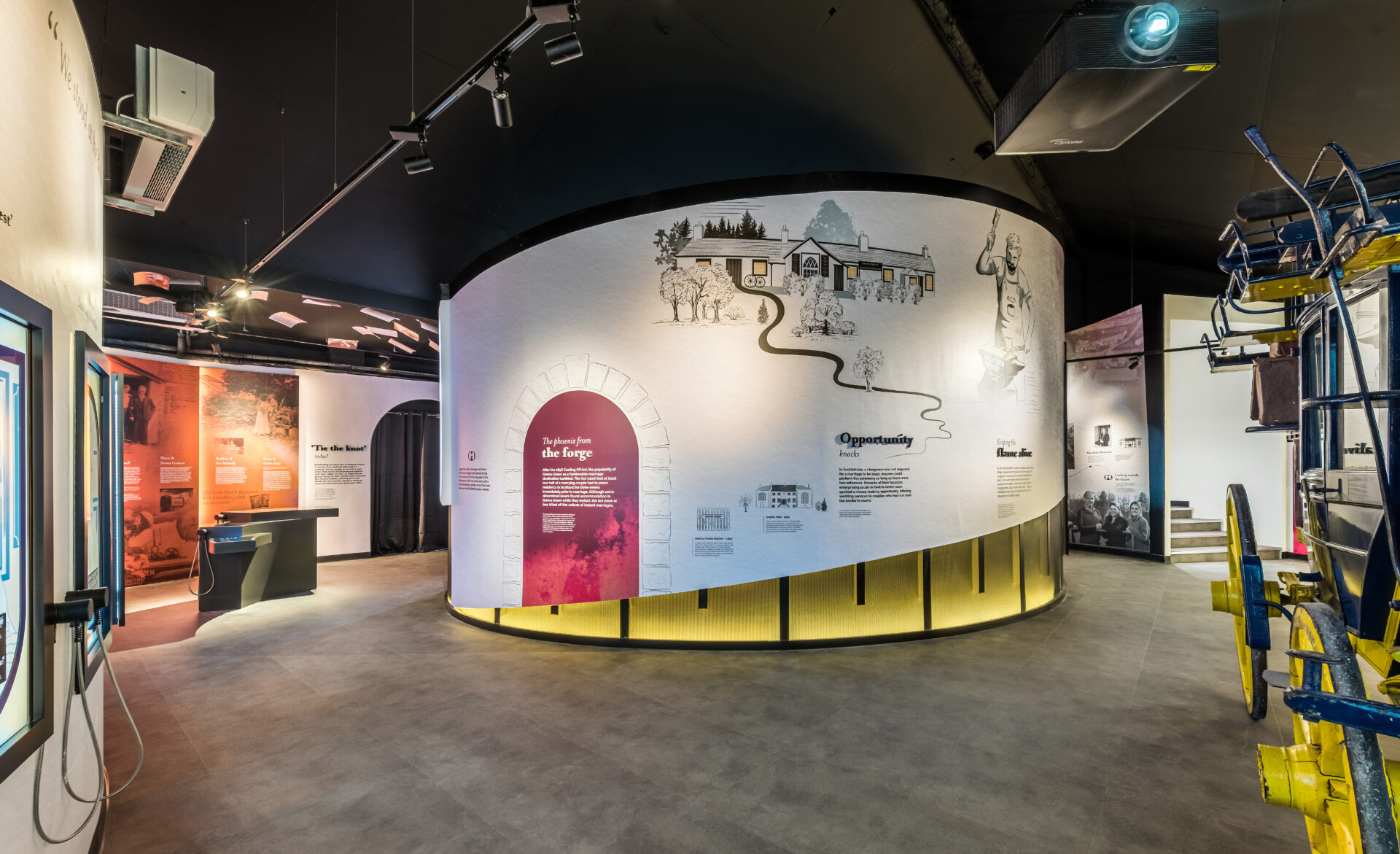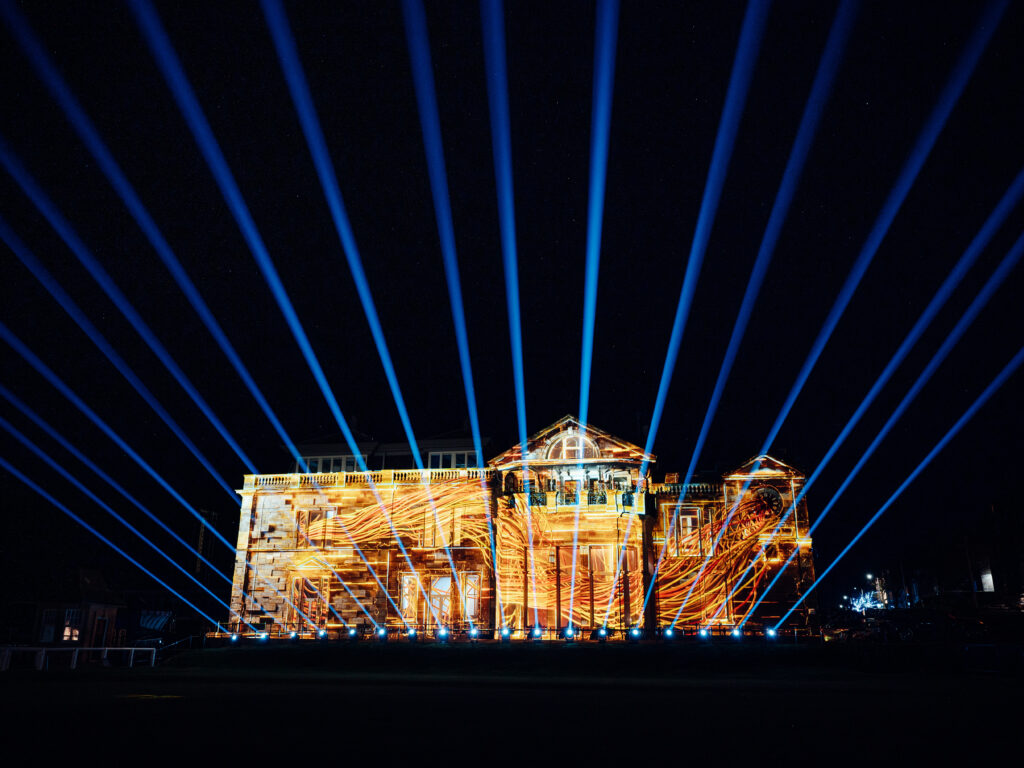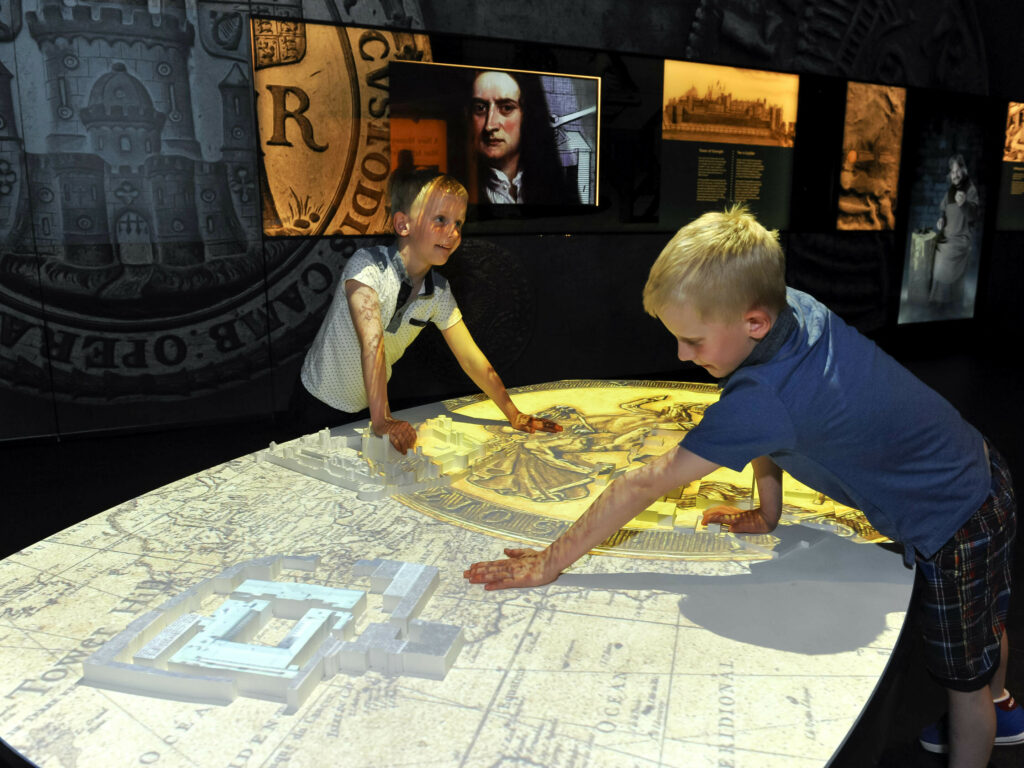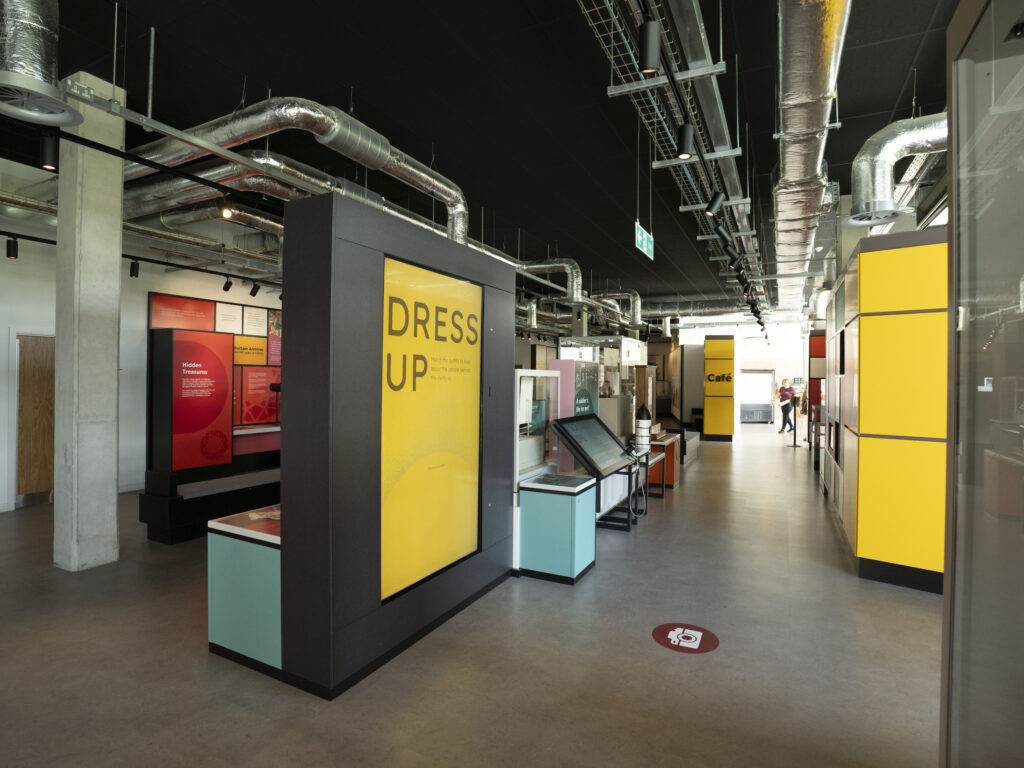Brands are very valuable; they engender consumer loyalty – sporting teams and events have ‘fans’ and hit TV shows have repeat viewers. When it comes to designing a visitor attraction, we must understand what makes the visitors want to keep coming back for more. It should be an extension of the brand so the values must be translated in the attraction to exceed the expectations of a fan base that are already loyal to their team. So how do you translate a brand into an engaging experience?
Know your audience
Always start with your audience – who are they and what drives them?
Buildings and infrastructure, although important are not what makes a visitor attraction successful. People are the most important part of any experience and understanding who they are – their demographics, their level of knowledge, how they think and what interests them is the starting point. Can you put yourself into their shoes? Do you understand what makes someone tick? Do you know what a viewer identifies with when they’re watching their favourite TV show or sporting event? The customer proposition must always remain at the heart of any visitor attraction design so that it engages, educates and entertains – and ultimately keeps them coming back for more.
The brand guidelines
Most well-developed brands have guidelines to follow, and these are a big help when designing an experience. As designers though, there is always room in the design process to apply creativity taking inspiration from the brand values, vision and mission statements. It helps us to focus on what the brand endeavours to portray or achieve and provides a starting point for translation, using design techniques to tell stories in a more powerful way. However, there is simply no substitute for spending time with different stakeholders to get under the skin of an organisation to understand its USP. The more designers immerse themselves in a brand, the more they are able to translate it in their design and engage with the audience.
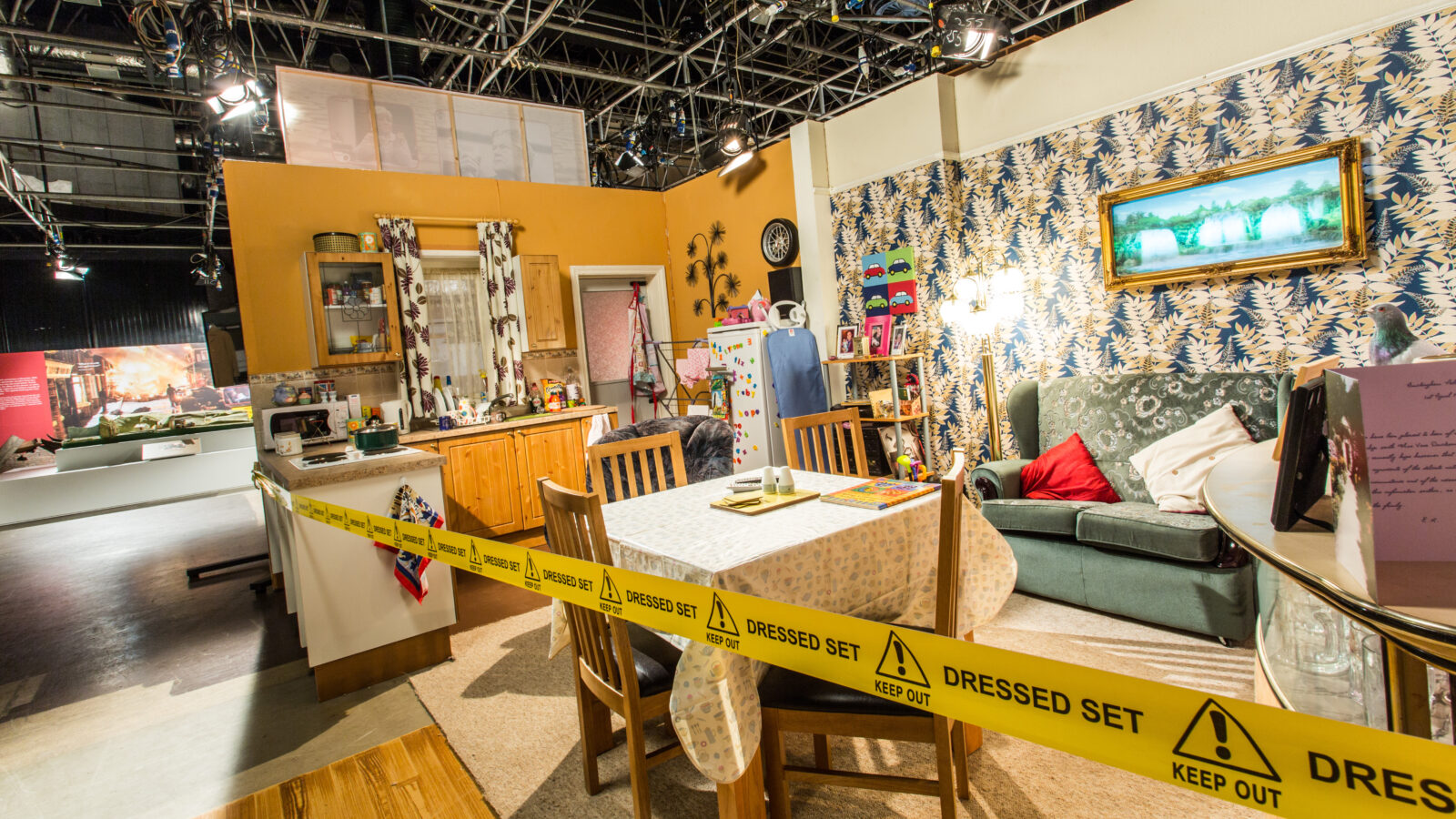
Communication
What do you want to communicate to your audience? Visitor experiences must be a relevant match between the visitor and the brand identity. There is also a need to convey the past in order to understand the present – this storytelling creates emotional connections between an audience and a brand, making it relevant to visitors. A sporting event might tell of previous winners, their personal stories or accomplishments that brought them to their podium moment, or how their sporting equipment has evolved over the decades to put present day achievements into context.
A TV show may show episodes from early in its history, bringing stories up to date and retelling it through the eyes of its characters or cast members. Establishing clear messages and building the experience around them highlights the uniqueness of the brand, develops emotion and engagement and keeps ‘fans’ entertained by giving them more than they already know.
Visitor engagement
Once the audience has been defined and we know what they want, we can begin to determine the platforms of engagement with the brand. The physical experience is important, but so too is the digital engagement before and after the visit that extends the engagement way after the visit. We must consider how we communicate – through what mediums – they must be demographic-appropriate, be fun and interactive to appeal to the differing audiences.
The use of AV to tell a story, show moments in history, re-live achievements and bring to life things or people that may have been lost in the annals of time, help to emotionally engage visitors. Interactive features bring a ‘playful’ element to a visitor attraction and help to deliver a different or new experience at each time of visiting. They can also be used to educate by demonstrating engineering within a racing car, for example, or how the human body fares under the pressure of an Olympic sport – even how the physiology of a racehorse has helped it win trophies. Whatever the subject matter, providing a creative way to bring it to life for visitors makes it engaging.
If you’d like to know more about how to develop a visitor attraction, please contact Kim Kherlopian, managing director, Mather & Co.
